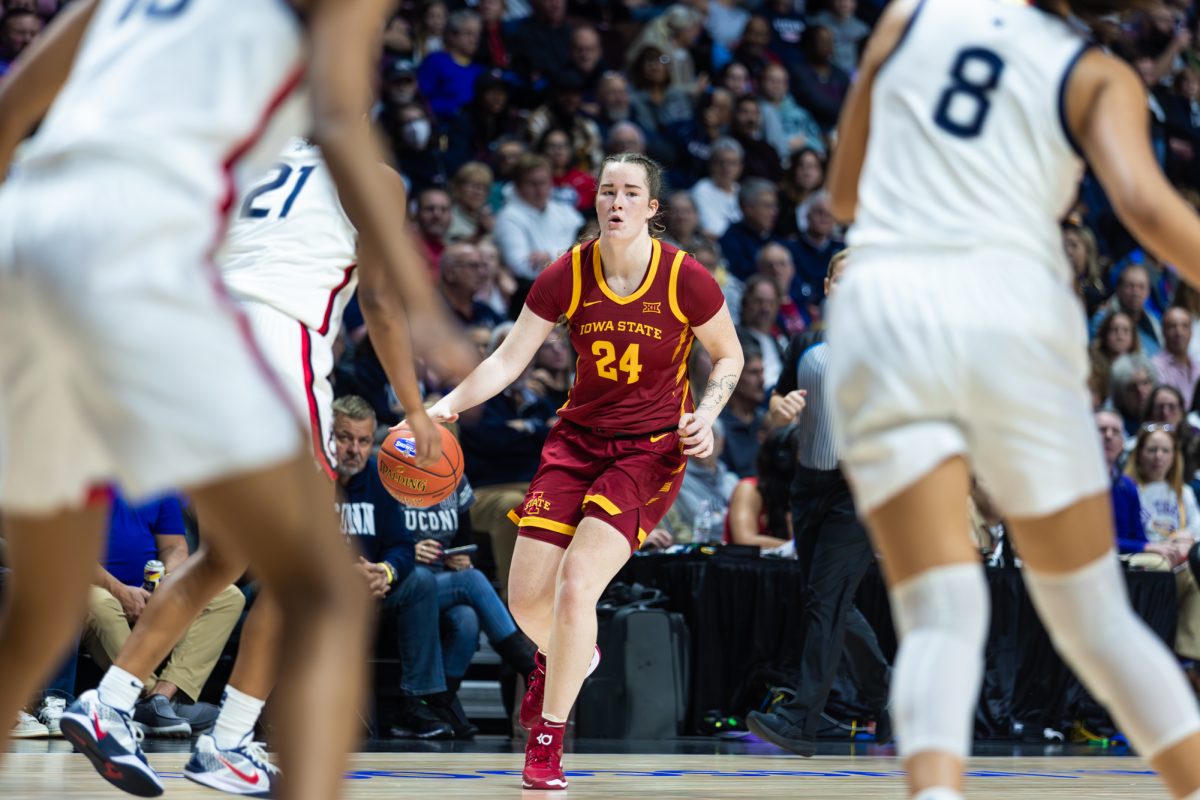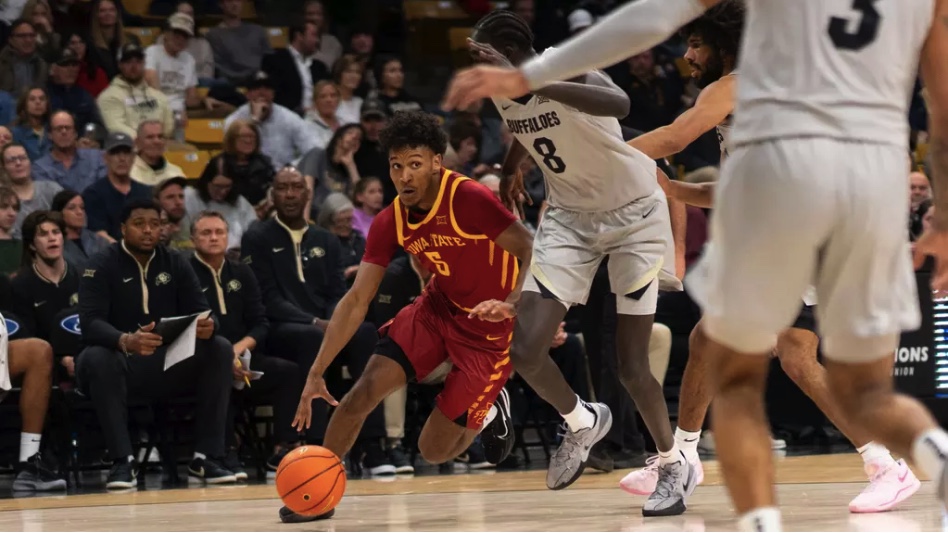ISU physicists experiment with superconductor
April 8, 2001
Intermetallic materials, metal oxides and super conductivity are not just a part of physics classes at Iowa State these days.
In January, a Japanese research team discovered the compound magnesium boride was a superconductor and could remain at that state in temperatures below negative 387 degrees Fahrenheit.
Since then, ISU physicists have been conducting experiments with the compound.
ISU physicists Paul Canfield, associate professor of physics and astronomy; Serguei Bud’ko, associate scientist at the Ames Laboratory; Doug Finnemore, distinguished professor of physics and astronomy; and Ferdinando Borsa, professor of physics and astronomy, all contributed to research involving the new superconductor.
The researchers said a superconductor is a material which has no resistance in electrical transport so energy can travel more efficiently. Results from the experiments show magnesium boride works as a traditional superconductor, allowing supercurrents to pass through barriers more easily.
After the announcement in Japan, ISU physicists wrote and received publication for three papers regarding their research and experiments. Their research has received attention from The New York Times, Washington Post, Science Magazine, the Associated Press and in newspapers across Europe and Asia.
“We pour everything out of the furnaces and put it on hold,” Canfield said. “We wanted to jump right into it.”
The papers varied in discussion of magnesium boride from the isotope effects to the standard measurements of the material, Finnemore said.
“It’s exciting to work with this material because it’s simple, easy and cheap,” he said. “The fact that you have this idea in your head is the main driving force behind it all.”
Canfield said one of the most important developments of the compound involved boron fibers to be used as superconductivity wire for lightweight, high-strength composite materials. Superconductivity magnets and cables were just a few examples he listed as possibilities for the wires.
“We demonstrated the proof of principle,” Canfield said in reference to the boron wires.
The wiring will also become more available and easier to use, Finnemore said, allowing everyone to benefit from its use.
“The trick is to find these superconductors that everyone can use and afford,” he said.






